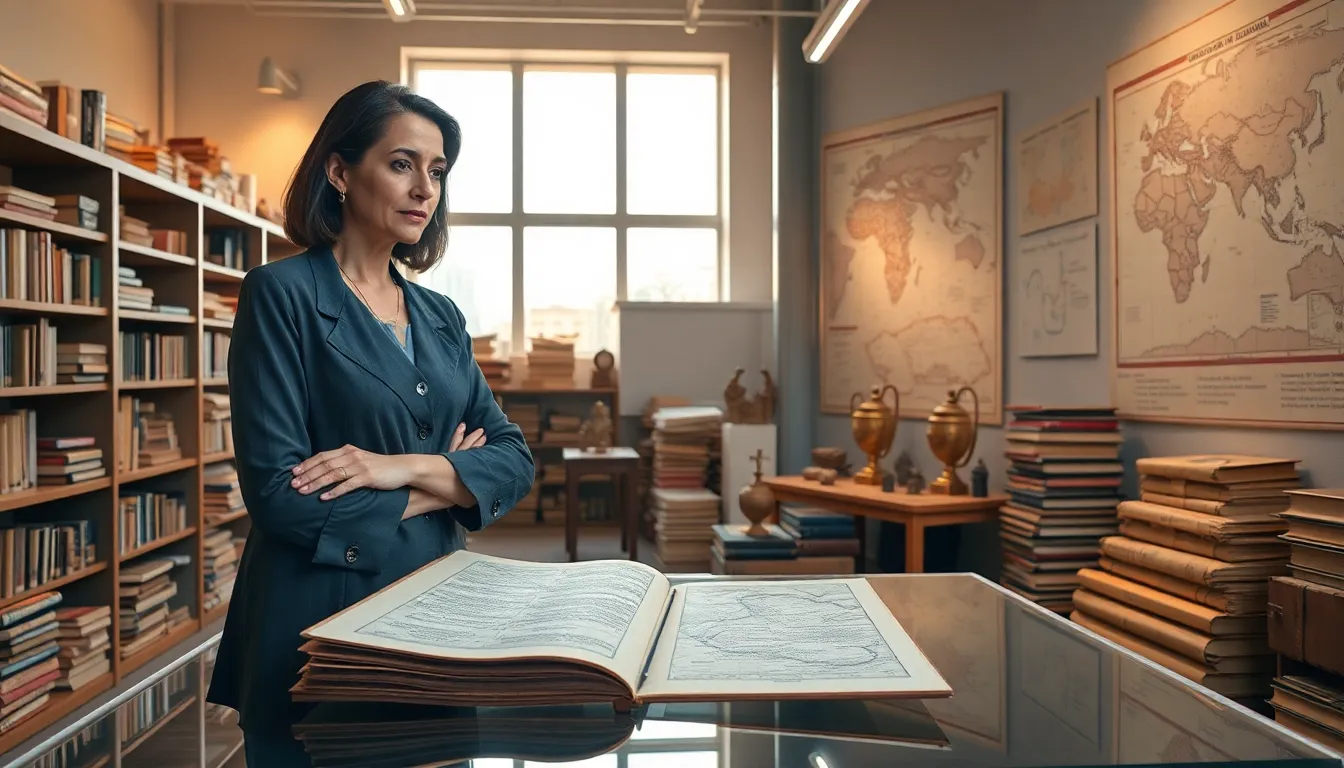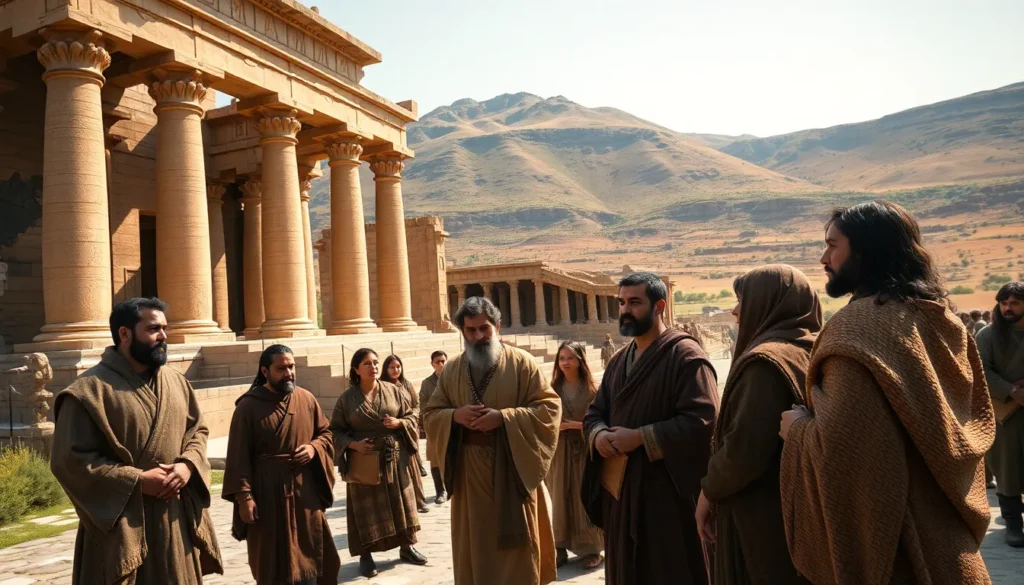Imagine a world where art, architecture, and culture flourished in ways that echo through the centuries. Welcome to the realm of the Shardavidian, an ancient society that not only shaped its era but also left an indelible mark on future generations. With a combination of grandeur, innovation, and a sprinkle of mystery, the Shardavidian civilization beckons us to explore its rich history and vibrant contributions. Buckle up because this journey is going to be enlightening, and perhaps even a bit surprising.
shardavidian

The roots of Shardavidian civilization can be traced back to the geographical and sociopolitical landscapes of its time. Nestled in the fertile valleys, this society thrived amid flourishing trade routes and intercultural exchanges. Historical texts suggest that it emerged around the 3rd millennium BCE, making it one of the earlier cultures to establish a structured society. Through archaeological discoveries and ancient manuscripts, scholars piece together a narrative that highlights the interactions between the Shardavidians and neighboring civilizations. Notably, these interactions were crucial in shaping not only their economy but also their cultural practices which are still fascinating to historians today.
Cultural Significance in Ancient Times
In ancient times, the Shardavidian culture was a vibrant tapestry woven with threads of tradition, spirituality, and social norms. This society held festivals that celebrated the changing seasons, showcasing their deep connection to nature. Religious practices centered around a pantheon of deities, contributing to a strong communal identity. Engaging in rituals was not merely a religious duty: it was a social event that brought the community together. Also, their beliefs in the afterlife influenced their architectural designs, leading to the construction of grand temples and tombs that have fascinated archaeologists for centuries. The Shardavidians understood the importance of culture in uniting their people and expressing their shared identity.
Major Contributions of Shardavidian Society
The Shardavidian civilization produced an array of contributions that resonate even today.
Architectural Marvels of the Shardavidian Era
One of the most outstanding legacies is their architecture. The structures built during this period were not just functional: they were a blend of beauty and engineering prowess. The iconic stone temples, intricately carved pillars, and vast public squares reflected an advanced understanding of geometry and aesthetics. These architectural achievements served as gathering places for community events and religious activities, effectively cementing their social cohesion.
Artistic Expressions and Literature
The artistic expressions of the Shardavidians were equally impressive. They excelled in pottery, sculpture, and painting, with artifacts discovered revealing stunningly vibrant colors and intricate designs. Literature, mainly written in their unique script, thrived, with poetry and prose reflecting the philosophical and moral dilemmas of their time. This literary tradition laid a foundation for future generations of writers in the region, making it a significant chapter in the story of human creativity.
Shardavidian Language and Script
The Shardavidian language is a fascinating subject of study for linguists. It was characterized by complex grammatical structures and an extensive vocabulary that made it suitable for expressive poetry and philosophical texts. The script, which has mesmerized scholars, is a mix of pictographic symbols and phonetic components. Researchers have been tirelessly working to decipher ancient texts, revealing insights into the Shardavidian worldview. The unique aspects of their language provide a window into the minds of a civilization that valued education and eloquence.
Legacy of the Shardavidian Civilization
The legacy of the Shardavidian civilization is multi-faceted. Its influences can be seen in various dimensions of life in subsequent cultures. For instance, their architectural styles inspired later constructions across neighboring civilizations, as architects incorporated Shardavidian elements. Language and literature also left a profound impact: subsequent societies adopted and adapted Shardavidian words and themes, showcasing the enduring relevance of this ancient civilization. Also, archaeological findings continue to inspire investigation into how the Shardavidians lived, revealing a complexity that underscores the significance of preserving historical narratives.
